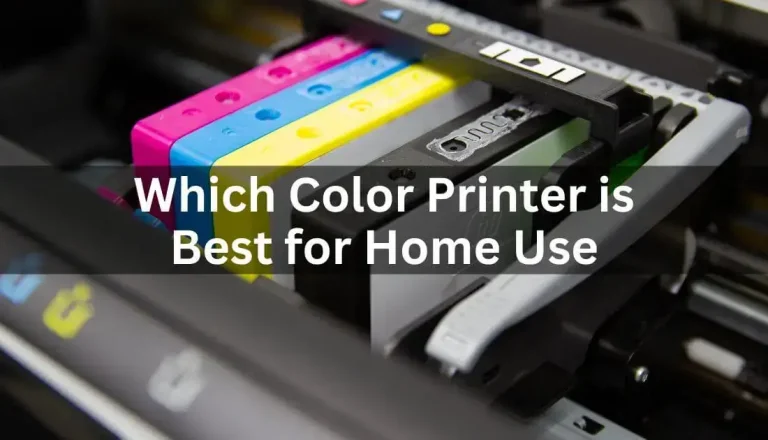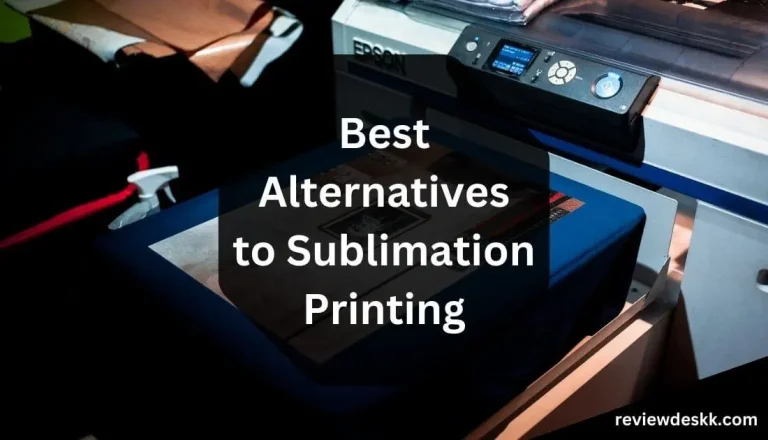Sublimation for Beginners – Best Guide to Getting Started
If you are a beginner to sublimation, you might be wondering what it is and how to get started with this process. This article on sublimation for beginners will break down the definition of sublimation, the different types of sublimation paper, and even the recommended setup for a basic printer. Read on to find out more!
Introduction
If you’re interested in sublimation but don’t know where to start, this guide is for you! This article will introduce you to sublimation, show you how to get started with the process. Also will provide tips and advice on improving your results. Keep reading for everything you need to get started with sublimation printing!
What is sublimation?
Sublimation is a process that converts a solid into a gas. In the printing world, images or text can be turned into vapour, which can be easily dispersed and used to create prints or other products.
Sublimation is perfect for creating custom prints because it’s fast and easy. Plus, it preserves the image quality of your original artwork.
If you’re interested in learning more about sublimation for beginners and how to start using it in your printing projects, read on!
Differences between digital and analogue sublimation
Digital sublimation is a process of printing using a digital print engine. In contrast, analogue sublimation is a printing method that uses heat to create an image on a substrate by vaporizing the ink.
Digital sublimation prints images at high resolutions, making them very sharp. However, because digital prints are created with a computer and not a physical print engine, they can be susceptible to errors. Analogue sublimation prints images at lower resolutions, but they are usually more reliable.
Another difference between digital and analogue sublimation is that digital sublimation prints require special equipment to produce high-quality prints; however, most printers designed for general use can also produce sublimation prints.
Fabric types to be used in Sublimation for beginners
When you are looking to start sublimation, there are a few fabric types that you will want to consider. The most common type of fabric used for printing is a sheer fabric. Sheer fabrics are made of a very thin, delicate material, and when heat is applied, the thin material quickly changes from a solid to a gas. When exposed to heat, the ink can be diffused into the air and become visible as a design on the fabric.
Sheer fabrics are perfect for beginners because they do not require special care. You need to place your print on the fabric and then press it against the surface. If you are using a digital printer, all you need to do is place your print in the correct spot and hit the print button. If you are using a traditional printer, you will need to cut out your print before placing it on the fabric.
Aside from sheer fabrics, there are also lightweight fabrics that can be used for printing. These fabrics are made of a heavier material than sheer fabrics and therefore do not change as easily when exposed to heat. Instead, these fabrics use adhesives that melt when heated up and create a
Sublimation printing process for beginners
Sublimation is a printing process that creates an image on a piece of paper by heating the substrate to a high temperature and then removing the heat, causing the ink to solidify as the gas molecules in ink vaporize. This produces a smooth, shiny surface that is non-toxic and permanent.
There are many different sublimation printers available, so it can be hard to decide which one to buy. This blog post will discuss three of the most common types of sublimation printers and give you an overview of their features. We will also provide some tips on choosing the right printer for your needs.
If you start with sublimation printing, our guide to getting started is a good place to start.

Getting Started Guide – Sublimation for Beginners
Sublimation is an amazing way to print your designs on fabric. Here are a few tips to get started:
- Choose the right fabric. Sublimation prints best on fabrics that don’t stretch or wrinkle, like cotton, silk, and satin. Polyester and other textiles can also be sublimated, but the print will be less vibrant. It may not last as long as cotton or silk.
- Prep the fabric. Before printing, make sure the fabric is completely dry and free of wrinkles. To prepare the fabric for sublimation, first, brush off any excess dust or dirt with a brush or your fingers. Then gently wash the fabric in cool water with a mild detergent, using a large quantity of water (enough to cover the entire surface). Finally, rinse the fabric thoroughly in cool water to remove any detergent residue.
- Preheat your printer. Make sure your printer is preheated before printing your design. The temperature of the print head affects how well your design will transfer onto the fabric. Most printers have a temperature range where sublimation prints best. You will want to make sure your printer is set at the lowest temperature that allows you to print.
- Print your design. After preheating, place the fabric on the print bed and place your design in place. Then press the Control button (or another control button) to start printing.
- Allow time for the ink to transfer onto the fabric. It may take a minute or two for the ink to transfer from paper to fabric. Once you see “Transfer Completed” appear in an area of your screen with a faded image, lift where you put down your paper and gently remove it from the machine without exposing more than half of the design’s cloth side.
Supplies needed for sublimation
Sublimation chemicals can be a little daunting, but with the right supplies, you can get started quickly and easily.
To begin sublimation printing, you’ll need an image to print on a substrate. This can be anything from fabric to T-shirts. You will also need a thermal transfer printer or Sublimation Press.
There are a few different substrates that you can use for sublimation printing. One common type is called “heat transfer vinyl.” This is a flexible plastic film coated with a heat resistant adhesive on one side. You will need to place the substrate in the printer’s printhead and then apply heat to the adhesive side of the film. This will cause the image to transfer onto the substrate.
Another type of substrate is called “transparency paper.” This is made out of paper that has been treated with an anti-reflective coating. You will need to place the transparency paper in front of the printhead and then print your image onto it.
If you don’t have access to a thermal transfer printer, you can also use “transparency vinyl” or “transfer paper.” These substrates are made
Conclusion
If you’re thinking of dipping your toes into the world of sublimation printing, this guide is for you. In it, we’ll explain what sublimation is, provide tips on getting started, and answer any questions you might have. We hope that you’ll be ready to dive headfirst into the wonderful world of sublimation printing by the end of reading this article!













